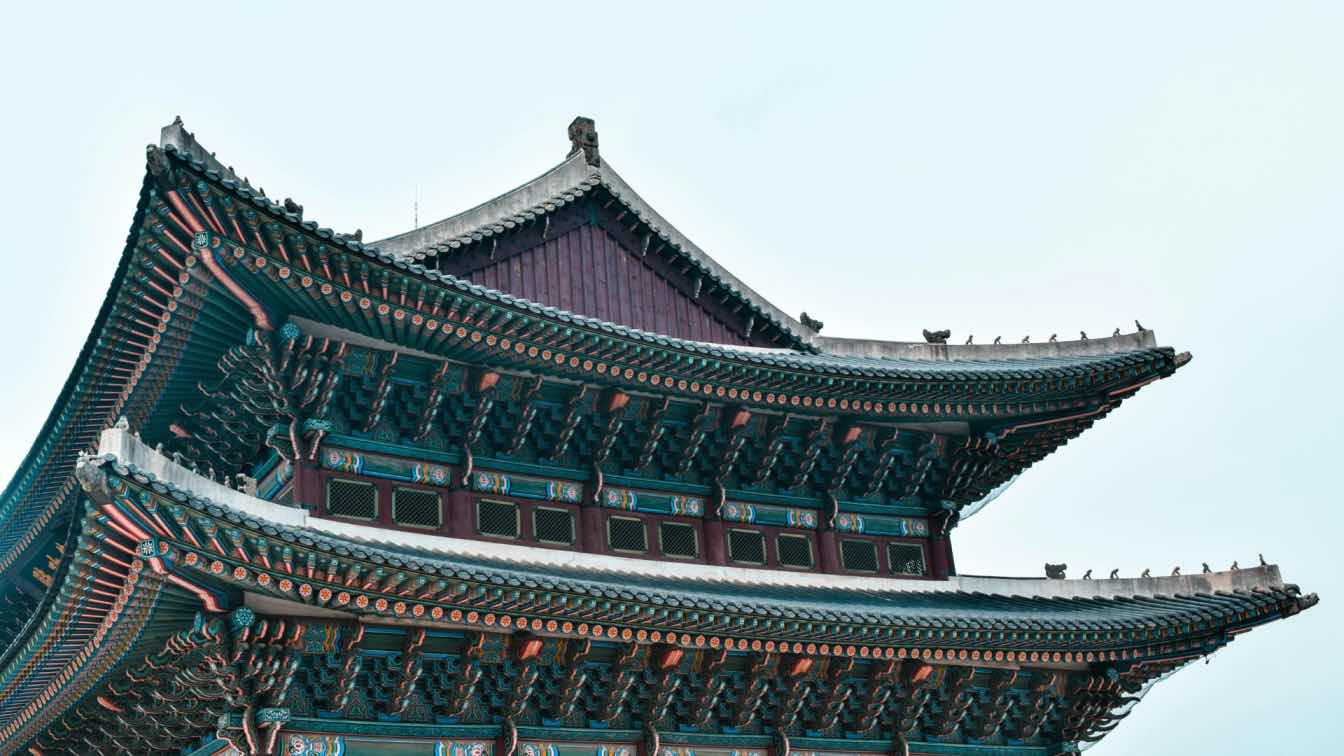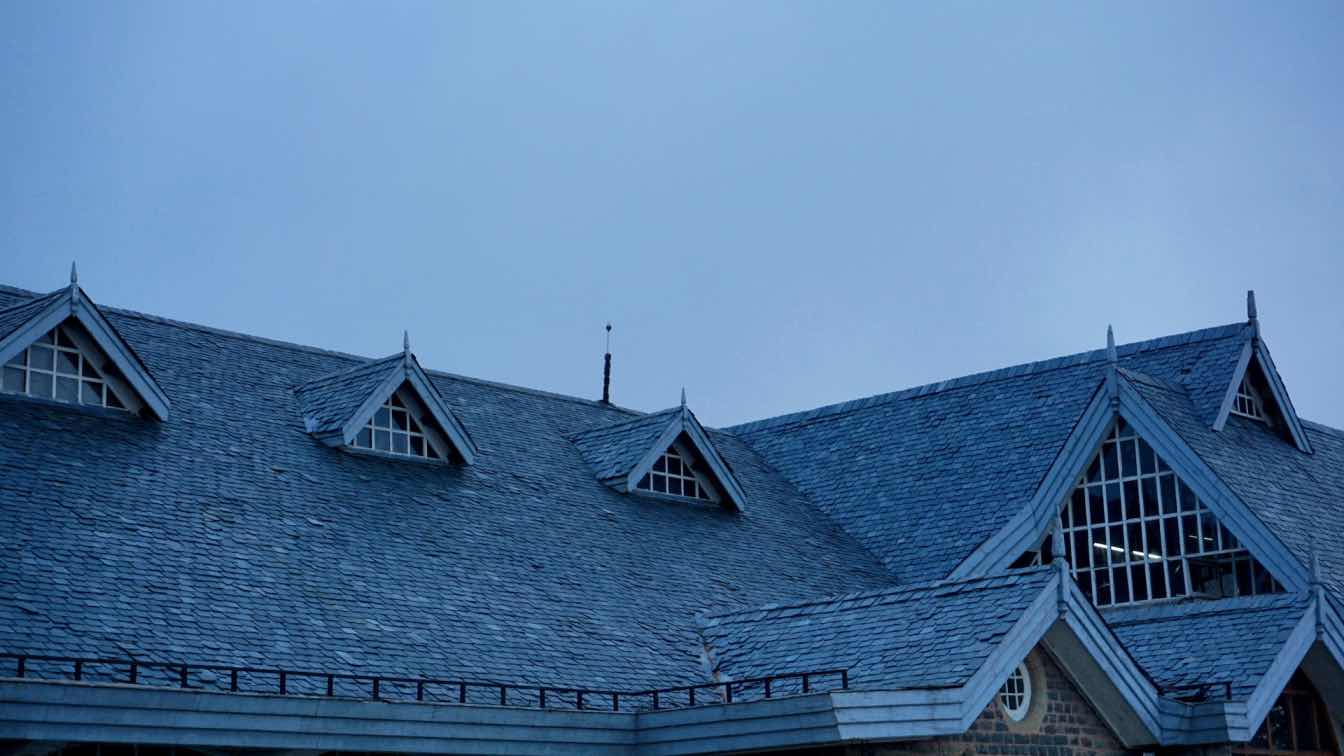South Korea is a captivating country known for its rich cultural heritage, vibrant modern cities, and awe-inspiring natural gems. Its architecture effortlessly blends ancient traditions with innovative, cutting-edge design. From the grand palaces of Seoul to the futuristic structures along the coastlines, South Korea's architecture is truly a feast for the senses.
Iconic Buildings in Seoul
People of all ages tend to prefer traveling to studying. They especially want to avoid stress related to graduating, so they use a dissertation writing service and focus on discovering new countries. As the capital and largest city in South Korea, Seoul is a veritable treasure trove of architectural marvels. From the ancient grandeur of its royal palaces to the cutting-edge designs of its contemporary structures, the city's skyline is a harmonious blend of the old and the new. Let's explore some of the most iconic buildings that have made Seoul a must-visit destination for architecture enthusiasts.
Gyeongbokgung Palace. Gyeongbokgung Palace, also known as the "Palace Greatly Blessed by Heaven," is a stunning example of traditional Korean palace architecture. Constructed in the 14th century, this expansive complex features intricate pavilions, ornate gates, and beautiful gardens that transport visitors back in time. The palace's striking red-and-blue color scheme, along with its impressive scale and attention to detail, make it a must-see destination for anyone interested in Korean history and culture.
Changdeokgung Palace. Another iconic palace in Seoul is Changdeokgung, a UNESCO World Heritage Site that dates back to the 15th century. This palace complex is renowned for its harmonious integration with the natural landscape, featuring a serene, forested area known as the "Secret Garden." The palace's architectural style is a testament to the Korean emphasis on balance and harmony, with structures that easily blend in with the surrounding environment.
N Seoul Tower. Perched atop Namsan Mountain, the N Seoul Tower is one of the most recognizable landmarks in the city. This 236-meter-tall communication and observation tower offers breathtaking panoramic views of Seoul, making it a popular destination for both locals and tourists. The tower's sleek, modern design, which features a distinctive silhouette and a revolving observation deck, has made it an iconic symbol of Seoul's architectural prowess.
Lotte World Tower. Towering over the Jamsil district of Seoul, the Lotte World Tower is the tallest building in South Korea and the fifth-tallest building in the world. This 123-story skyscraper is a marvel of engineering and design, featuring a striking glass and steel façade that reflects the changing light and sky. The tower's observation deck, located on the 117th floor, offers unparalleled views of the city and has become a must-visit attraction for visitors to Seoul.
Dongdaemun Design Plaza. Designed by the renowned architect Zaha Hadid, the Dongdaemun Design Plaza is a cutting-edge cultural hub that has become an architectural icon in Seoul. This futuristic structure, with its flowing, organic shapes and innovative use of materials, houses a range of exhibition spaces, design shops, and event venues, making it a center of the city's creative community.
Breathtaking Buildings in Busan and Beyond
While Seoul may be the epicenter of South Korea's architectural scene, the country is home to many other breathtaking buildings and structures that are worth exploring. Let's venture beyond the capital and discover some of the most remarkable architectural gems that can be found in other parts of Korea.
Busan Cinema Center. Situated in the bustling port city of Busan, the Busan Cinema Center is a stunning example of contemporary architecture that has become a landmark for the city. Designed by the renowned architect Yoo Hyun-jun, the building features a striking, curved roof structure that resembles a wave, reflecting the city's coastal location and its thriving film industry.
Jeju Glass Castle. On the idyllic island of Jeju, the Jeju Glass Castle is a breathtaking architectural marvel that blends traditional Korean design with modern, avant-garde elements. This unique structure, which appears to be made entirely of glass, offers visitors a mesmerizing experience as they explore its intricate interiors and stunning outdoor spaces.
Suwon Hwaseong Fortress. Moving inland, the Suwon Hwaseong Fortress is a well-preserved fortification that dates back to the late 18th century. This UNESCO World Heritage Site is renowned for its impressive stone walls, watchtowers, and gateways, which showcase the engineering prowess of the Joseon dynasty. The fortress's harmonious integration with the surrounding views makes it a truly awe-inspiring architectural and historical landmark.
Incheon Bridge. Spanning the waters between the mainland and the island of Yeongjong, the Incheon Bridge is an amazing feat of engineering that has become an iconic landmark in South Korea. This suspension bridge, with its graceful, curving design and impressive scale, is not only a functional transportation link but also a stunning piece of architecture that has captured the imagination of visitors and locals alike.
Consider Exploring the Beauty of Modern Architecture in South Korea
South Korea has experienced a remarkable architectural transformation over the past few decades. As the country has rapidly modernized, its cities have become a testament to the nation's commitment to innovation and cutting-edge design. Driven by a desire to create iconic structures that capture the essence of Korean culture and modernity, architects have pushed the boundaries of what's possible, resulting in a skyline that is both visually stunning and functionally impressive.
From the sleek, towering skyscrapers that dot the urban centers to the avant-garde cultural hubs that have become architectural landmarks, South Korea is a place well worth visiting.





